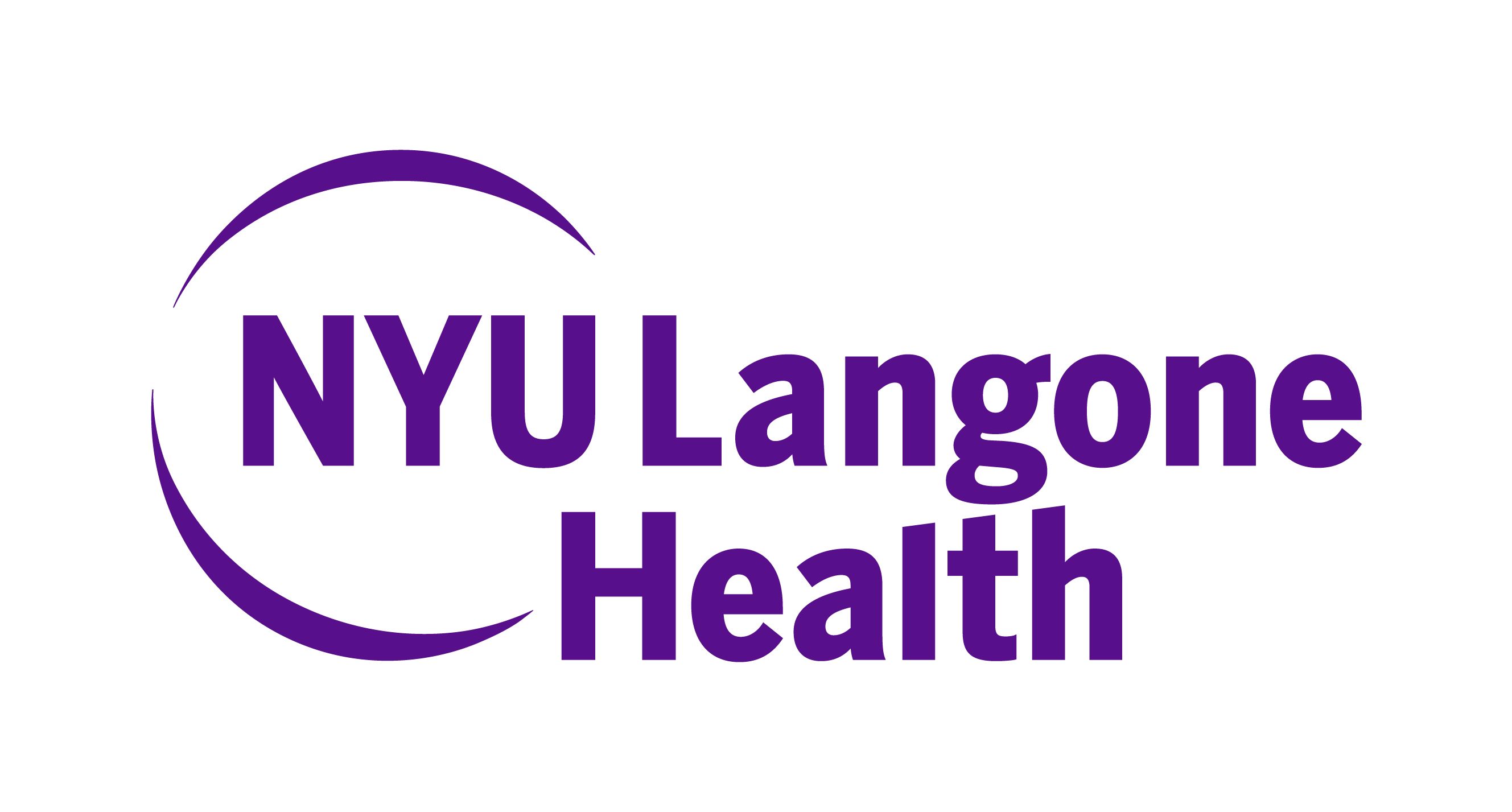All this tool does is count reps, does nothing for actually getting survivors recovered. Doesn't anyone know how to write press releases that don't lie?
Using Primseq to Simplify the Complexities of Rehabilitation Intervention Dosing: Heidi Schambra, MD
The associate professor in the Department of Rehabilitation Medicine at NYU Langone discussed the current methods of prescribing rehabilitation and why a new digital tool can improve them going forward. [WATCH TIME: 3 minutes]
WATCH TIME: 3 minutes
Quantifying outcomes for rehabilitation methods such as physical exercise has been a challenge for clinicians, mainly because the frequencies and intensities of such interventions can have different effects based on the patient. The literature has shown inconsistent results as to personalizing these interventions for patients with neurological disorders, including those with stroke. One new method using a novel digital tool called Primseq, was shown to aid patients’ recovery from stroke by accurately tracking movement intensity during their rehabilitation therapy.
In recently published data, the sensor-equipped computer program was 77% effective in identifying and counting arm motions prescribed to patients as part of their stroke rehabilitation exercises.1,2 The results beg to question whether this program has capabilities in unweaving some of the complexities clinicians face when trying to prescribe an effective rehabilitation regimen. To learn more about how it may improve this aspect, NeurologyLive® sat down with lead investigator Heidi Schambra, MD.
Schambra, associate professor in the Department of Neurology and Department of Rehabilitation Medicine at NYU Langone, believes that optimization of training intensity can only come if clinicians are able to measure particular movements and record quantitative data. She discussed the current complexities of stroke rehabilitation dosing and the steps needed to improve personalized treatment regimens going forward.

No comments:
Post a Comment